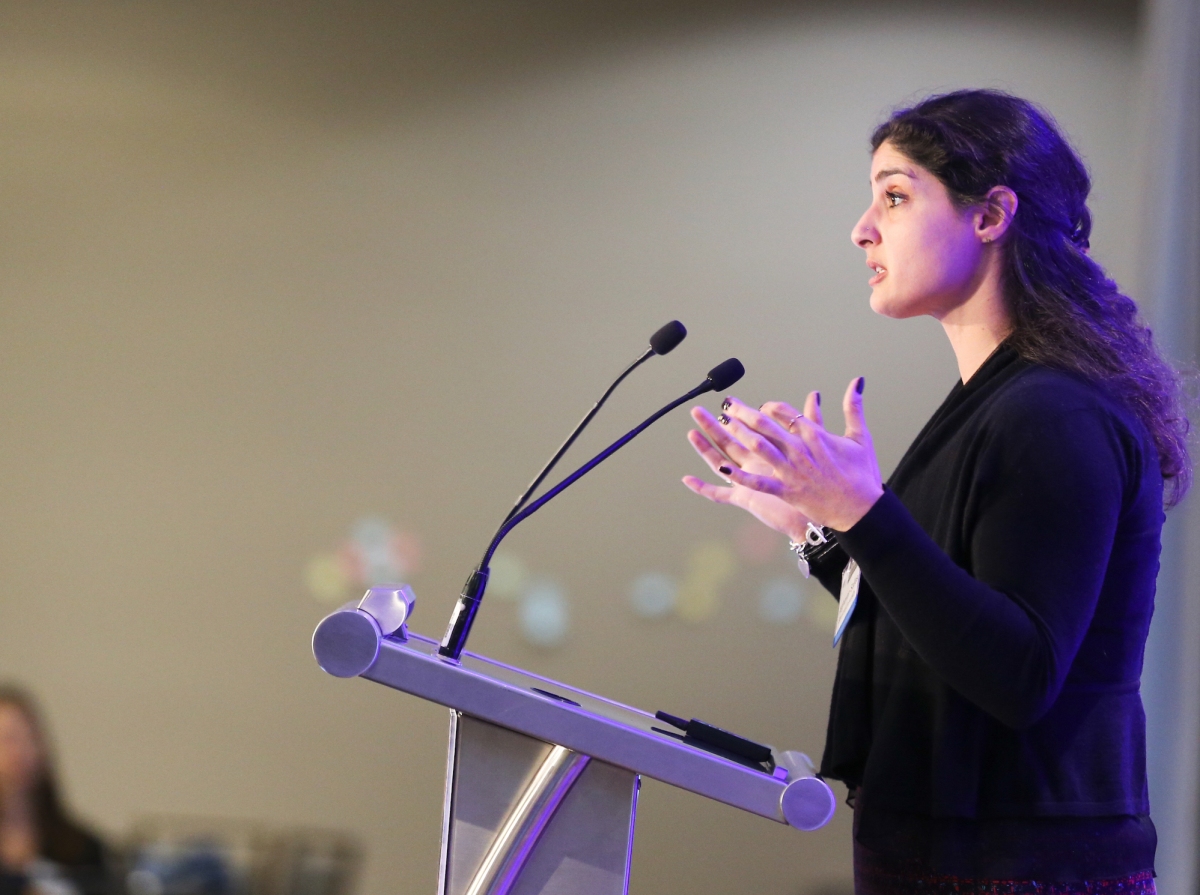When I was an academic researcher, I attended many journal clubs — convening with my group in a conference room to discuss the methods and findings of a selected paper. These meetings are common in academic and medical education, allowing students to develop their presentation skills and helping everyone keep up with the flood of scientific literature.
In the era of social media, such in-person journal clubs are being replaced by Twitter journal clubs — now more than ever — and it’s led me to wonder, are 280 characters really enough?
I spoke with Roxana Daneshjou, MD, PhD, a dermatology resident at Stanford, to find out. She co-authored a recent editorial in JAMA that describes the advantages of using Twitter compared to the traditional format.
How do Twitter journal clubs work?
The journal club picks a paper to discuss, often using crowdsourcing to select something people are interested in. Everyone logs into Twitter at a specific time and has an online conversation with people from around the globe. Someone may facilitate and use pre-selected questions, but there’s also time for open discussion. You can string many tweets together, so you can basically write as much as you want.
Most journal clubs meet once a month for an hour, but the nice thing about Twitter is that the conversation is saved. So, if someone wants to comment the next day, the participants will see those responses whenever they log into Twitter. That’s important because participants are from different time zones. Having the conversation publicly recorded could be an issue for some people, but I think scientists and clinicians aren’t shy about asking questions and critiquing papers, even publicly.
Why did you start the first dermatology Twitter journal club?
I lurked in other journal clubs and participated in a dermatopathology one that was really interesting. But I wanted to have the same experience with medical dermatology, discussing disease management and new clinical discoveries.
I think Twitter journal clubs are particularly useful for small specialties like dermatology. They allow dermatologists to share knowledge across institutions. They also help promote the field of dermatology to a wider, cross-specialty audience, demonstrating the role that dermatologists can play for their patients. These interactions among specialists are easier with Twitter, compared to traditional journal clubs, because anyone can comment or ask a question about the topic, using the free Twitter website or app without advanced coordination.
Who participates?
We have over 1,700 people following our dermatology journal club, but we typically only have about 15 to 20 people actively participating in a meeting — with more people lurking. Our participants are a diverse group of residents, medical students, faculty and community physicians from across the country.
However, we’ve gotten a much larger group when we’ve done joint meetings with other specialties. For example, we did a joint journal club with nephrology — one of the largest Twitter journal clubs — to discuss the role of dermatologists in helping manage immunosuppressed kidney transplant patients who are at higher risk of skin cancer. These cross-specialty Twitter interactions are great, because I’ve become friends with residents and faculty at other institutions and now feel comfortable sending them private messages if I have a question. For example, I met dermatologist Adewole Adamson, MD, MPP, through the journal club, and he provided me with a high level of mentorship to co-write the JAMA editorial.
How has the pandemic affected Twitter journal clubs?
Multiple Twitter journal clubs have discussed issues related to COVID-19 and their particular specialty. Our most recent dermatology journal club discussed how dermatologists were transitioning to virtual visits to help with social distancing and how resident training was continuing in dermatology with COVID-19. On April 6, infectious disease’s Twitter journal club will be discussing a paper entitled, “A Trial of Lopinavir-Ritonavir in Adults with Severe COVID-19.”
With social distancing, in-person journal clubs will be more difficult to have. Twitter is the perfect medium for having multiple conversations at once with many people. This is a really difficult time for many, and I hope Twitter journal clubs can help physicians and trainees continue to engage in academic conversations.
Image by Mohamed Mahmoud Hassan
This is a reposting of my Scope story, courtesy of Stanford School of Medicine.

